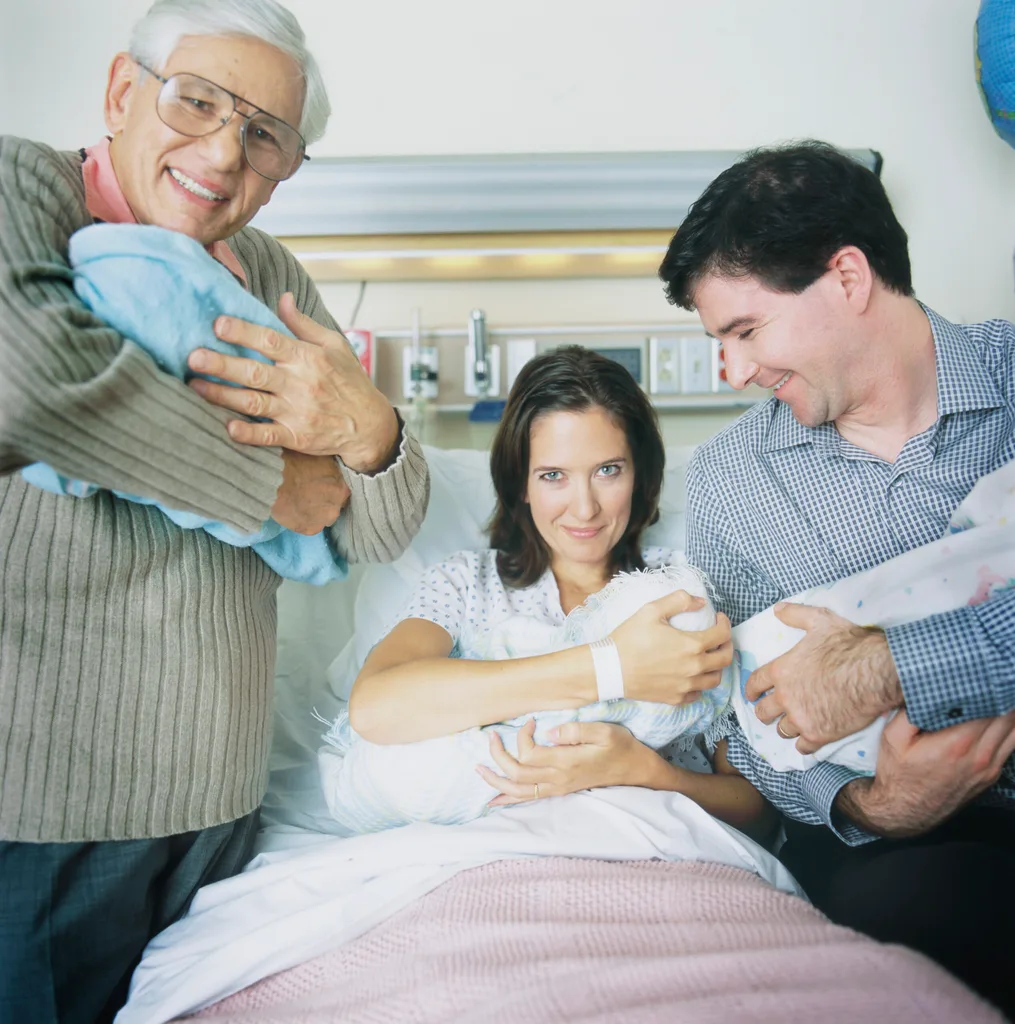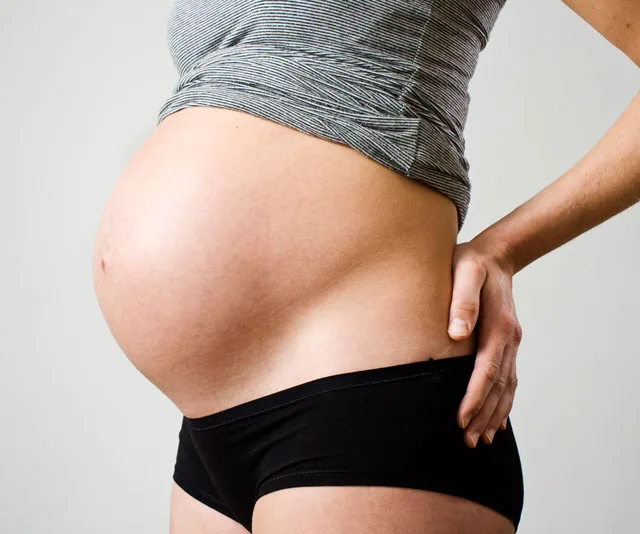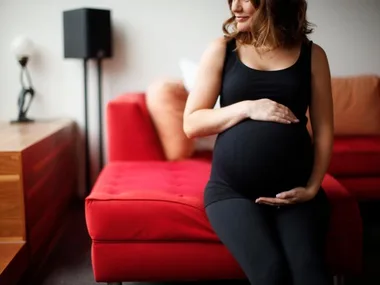Just found out you’re pregnant with not one, not two but three babies? Congratulations!
While it’s normal to feel overwhelmed at the news, you can have a healthy and happy pregnancy with triplets. Information on what to expect is key…
According to the Australian Bureau of Statistics, there were just under 60 sets of triplets born in 2017. So, it’s an exclusive club you’re set to join.

Triplets = 30 tiny toes. (Image: Getty Images)
Your doctor can confirm whether you are carrying more than one baby through an ultrasound. If you are expecting triplets, your doctor will schedule more prenatal visits than in a single pregnancy, to help monitor your and your babies’ health.
With triplets, you will likely experience the same early pregnancy symptoms that you would if pregnant with one baby, but they are likely to start sooner and be more severe. You will also grow bigger and more quickly and will need to eat more to meet the babies’ nutritional needs. Your doctor can provide you with a nutrition plan and may prescribe extra folic acid or iron pills to ensure you’re getting enough nutrients.
Looking after yourself
Multiple pregnancies are considered high-risk pregnancies. According to Pregnancy, Health & Baby, with a multiple pregnancy, you are considered to be at higher risk of:
• Going into labour early
• Anaemia – not having enough red blood cells, usually caused by iron deficiency
• Gestational diabetes
• Hypertension or pre-eclampsia – potentially dangerous forms of high blood pressure
• Hyperemesis gravidarum – severe morning sickness
• Polyhydramnios – having too much amniotic fluid around the baby
• Miscarriage or stillbirth – sometimes one of the babies may die in the womb
• Postpartum depression (also known as postnatal depression, and perinatal anxiety and depression)
• Postpartum haemorrhage – heavy bleeding after the birth.
WATCH: Pregnancy beauty hacks celebrities swear by. Post continues after video…
Multiple birth and pre-term labour
While a single pregnancy is full time at 40 weeks, triplets are considered full term at 35 weeks and most are delivered between 32 and 34 weeks. The more babies a woman is carrying, the more likely it is that her uterus will swell, triggering contractions early.
The majority of multiple births take place by caesarean section. Your doctor will decide when to deliver based on your and your babies health. In some case, your doctor may request you go into hospital early for observation and bed rest.
If you experience any of the following signs of preterm labour, call your doctor immediately.
• Contractions
• Sudden breaking of the waters
• A ‘show’ (when the plug of mucus that has sealed the cervix during pregnancy comes away and out of the vagina).

Parents of triplets? Congratulations on joining this exclusive club. *(Image: Getty Images.)
Extra care for newborns
Babies born before 34 weeks may need help with breathing, feeding and keeping warm and are at greater risk of complications than babies born at full term.
The neonatal intensive care unit has specialist medical staff and equipment to care for premature and sick newborn babies. When your babies no longer need this high level of care, they may be transferred to the special care nursery or special care baby unit.
The next step is taking your precious bundle of three home. Just remember… you’ve got this, mama!
For support and more information on what to expect with a triplet pregnancy, contact the Australian Multiple Birth Association.


